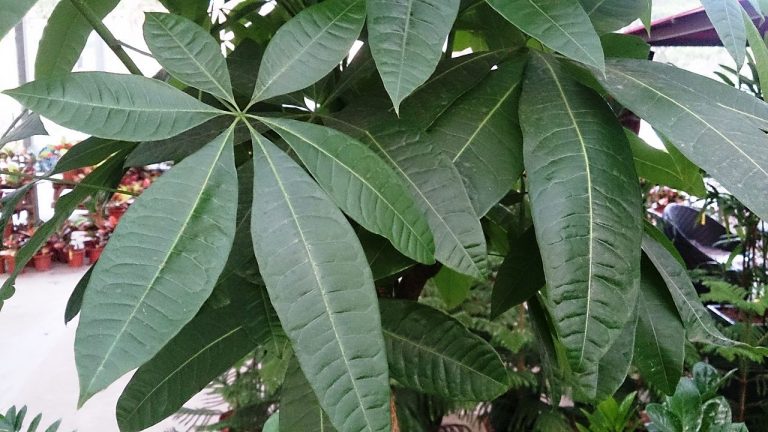Agapanthus – Greek Agape, Meaning Love, and (Anthos) Meaning Flower
Scientific Classification
| Kingdom: | Plantae |
| Clade: | Angiosperms |
| Clade: | Monocots |
| Order: | Asparagales |
| Family: | Amaryllidaceae |
| Subfamily: | Agapanthoideae |
| Genus: | Agapanthus .L |
| Type species: | Agapanthus africanus |
Agapanthus or Lily of the Nile is the only variety within the subordinate flowering plant family Agapanthoideae under the Amaryllidaceae family of flowering plants, falling within the monocotyledon classification, Asparagales. Agapanthus is a scientific name in Greek “agape,” meaning love, and (Anthos) meaning flower.
Botanists consider a particular variety of Agapanthus plant as lily of the Nile (otherwise African lily in the UK), however, these varieties originate in South Africa and you can find them from the Cape of Good Hope to the Limpopo River. Besides, they are not lilies.
Anatomy
Agapanthus blossoms in summer; it is a type of herb. The leaves display a curved shape, 60cm (24in) in length and positioned at the base, in two rows. The cluster of flowers is pseudo-umbel (consisting of several short flower stalks or pedicels that branch out from a singular point , somewhat akin to umbrella ribs) situated immediately below two big bracts at the tip of a lengthy, upright scape (A flower stalk growing straight from the ground and without leaves), with a height of 2m or 6.6ft. The flowers are in the shape of a funnel of bluish purple tint, fading to white. Some cultivars and hybrids have colors different from the wild plants. They have superior ovary and hollow styles
How to Cultivate Domestically
Preparation for planting

Photo by: Andrew Massyn
Several weeks prior to planting your Agapanthus, choose a site in a soil with good drainage and containing sufficient organic matter, and a good exposure to sunlight. Where temperatures are colder, plant your Agapanthus at the start of spring. You would do well to Grow Agapanthus close to the wall, facing the south.
Planting
- Select a big pot, provide enough drainage holes in it and put in broken pieces of crocks or terracotta in its bottom.
- On top of the broken terracotta or crocks, fill the container with well-drained, loam-based compost, like John Innes No3; mix in some more grit.
- While planting, either plant a large Agapanthus in one pot or collect many small plants and plant them together in a pot. Keep the top of the roots about 5cm lower than the pot’s rim.
- Fill compost right round the roots and ram it down to avoid air holes. Maintain the 5 cm gap at the top for collection of water.
- Settle the compost with sufficient watering and more compost if necessary. In order to conserve the moisture, and for appearance, place ornamental mulch as a finish
Placement and Watering
Keep the seed pots in a watertight container, sink or pan. Fill the container to half the height of the pots. Allow the pots to stay in the water and absorb moisture until the top of the pot is damp, and then remove the seed pots from the water.
Flowering Period
In summer, the normal blooms are purple or blue, where the flowers are like an umbrella. Agapanthus, depending on the variety, normally flowers in June, July or August. Very young plants need a year to settle before flowering.
After Bloom Care
Once the Agapanthus bloom, it is the right time for splitting the clusters and separating them into individual plants and planting them in different places in your yard or garden. For enhancing new growths on a stem, remove the faded flowers from it.
As Cut Flowers

Lily of the Nile flowers survives for 10 days as cut flowers. For arranging your flowers indoors, cut them as soon as they bloom. The flower heads of Agapanthus have a spherical shape, consisting of a bunch of small flowers, which are in the shape of a funnel, with six petals mounted on a tall leafless and smooth stem. A single Agapanthus has about 20 to 50 tiny blooms. Bear in mind that when you remove Agapanthus cut flowers out from a source, for a while or so, you need to re-hydrate them.

Having discovered a fondness for insects while pursuing her degree in Biology, Randi Jones was quite bugged to know that people usually dismissed these little creatures as “creepy-crawlies”.







